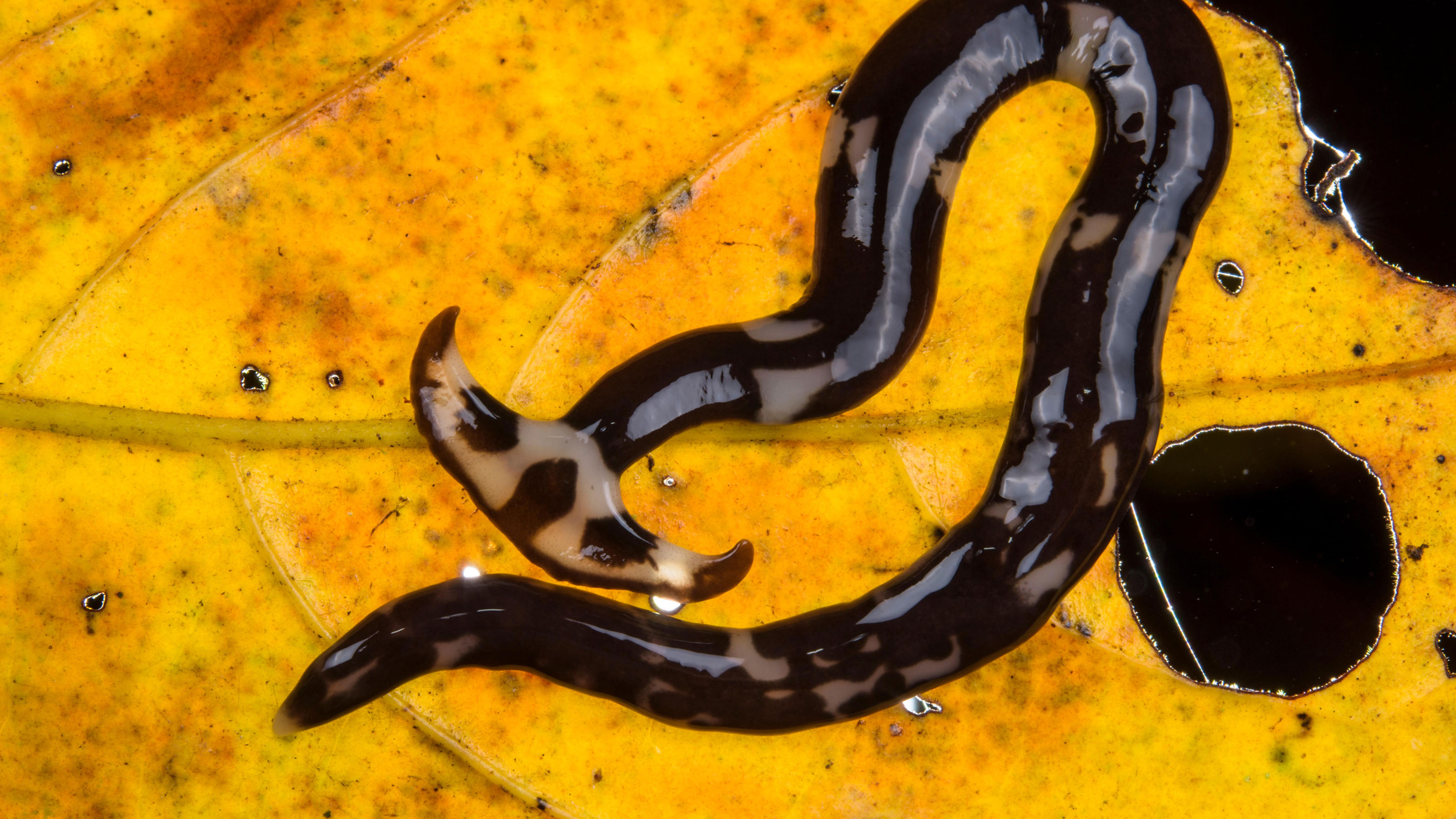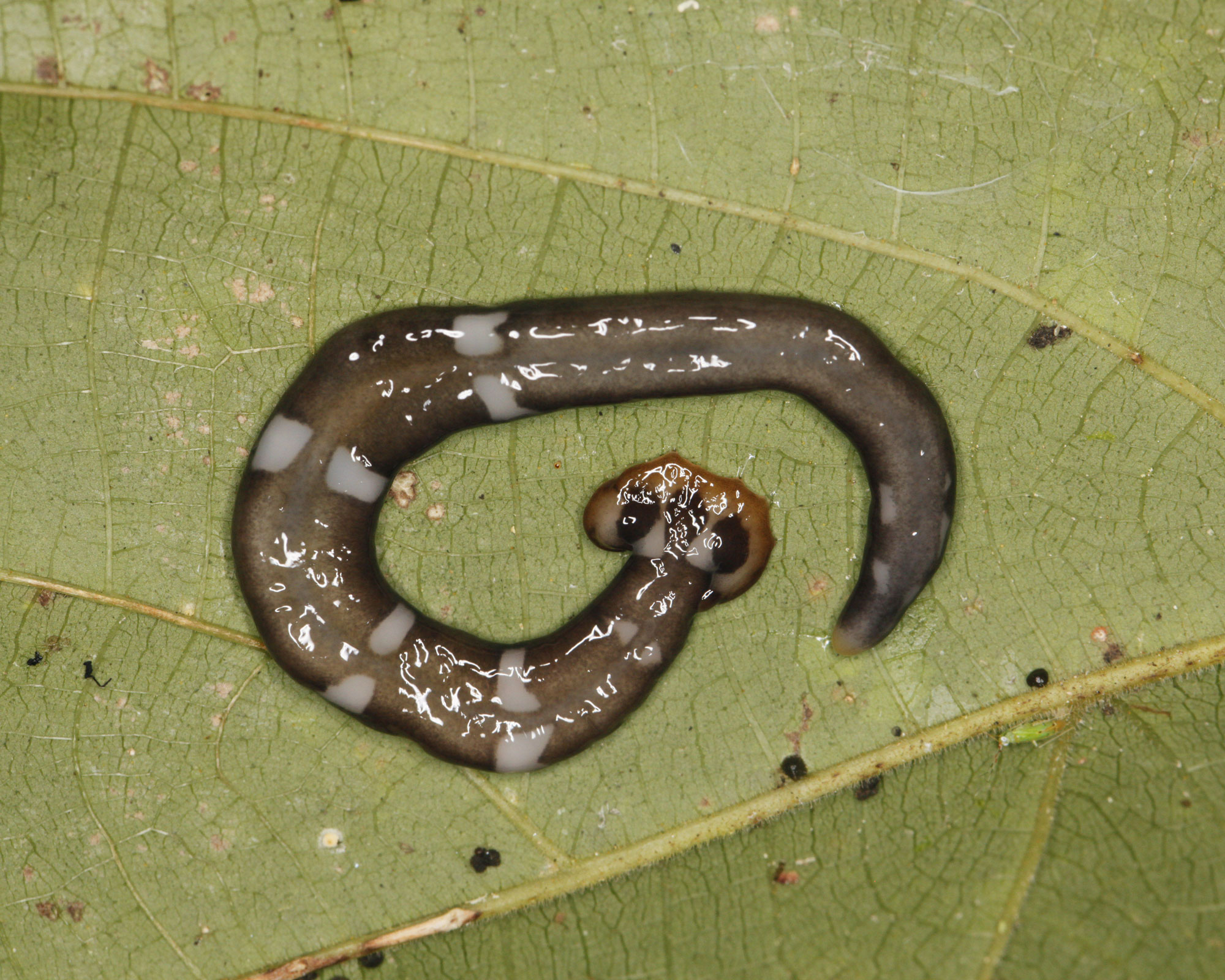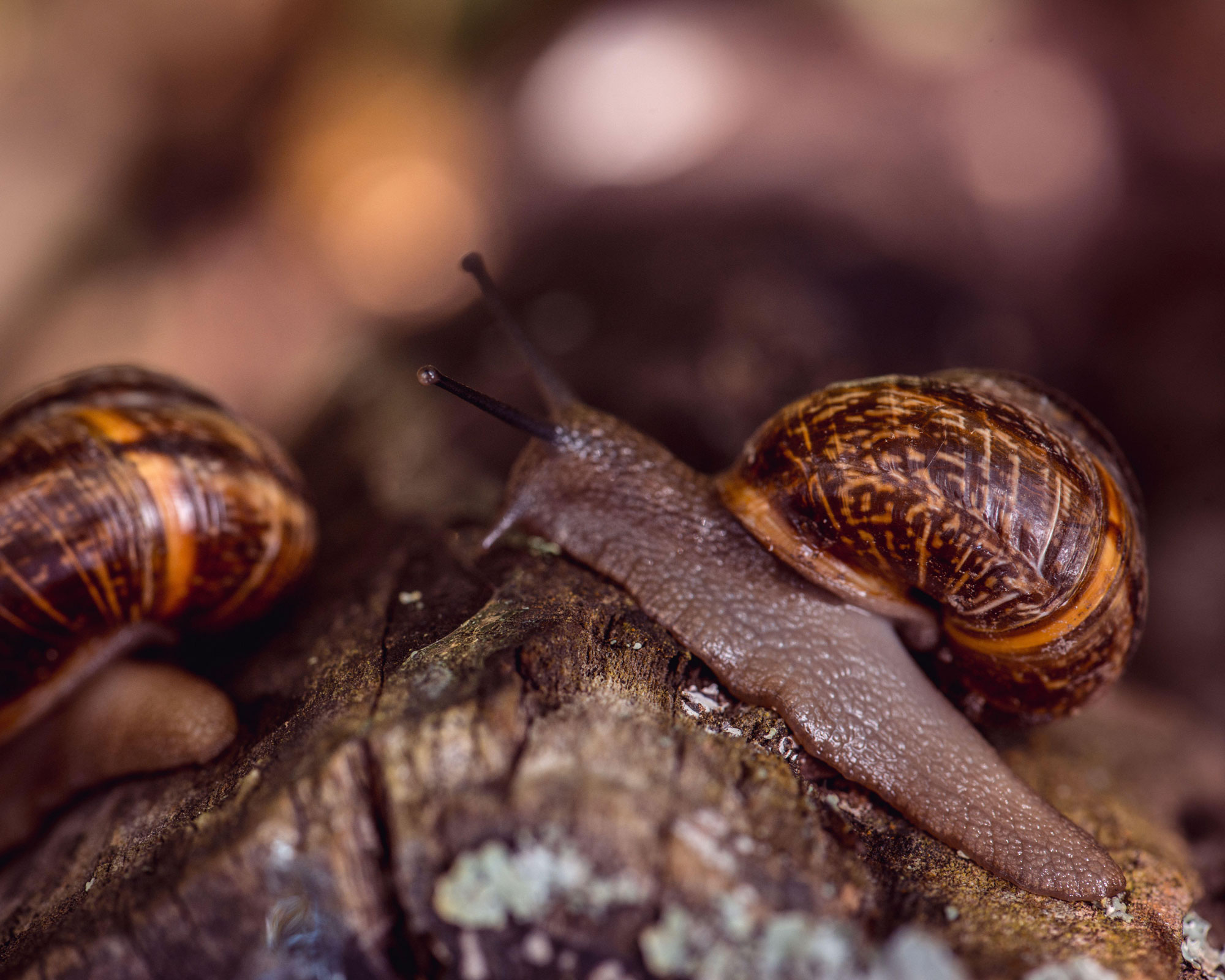Experts are warning gardeners against threat of the hammerhead flatworm
The potentially invasive worms could travel overseas through the plant trade, causing a threat to the biodiversity of our soil


Two potentially invasive species of hammerhead flatworms have been identified in Europe. They could spread through pot plants imported from overseas.
They eat earthworms, slugs and snails, and cause a threat to the biodiversity of soil when introduced to a new environment, according to a report. Given this new threat, and the fact soil is home to a quarter of the world's biodiversity, now is an important time to find out how to nurture soil in your garden.

Typically found in warm parts of Asia, scientists have found these worms eating small snails in France and Italy. The team that shared a description of the two species was led by Professor Jean-Lou Justine from ISYEB (Muséum National d'Histoire Naturelle, Paris, France).
'Due to the pandemic, during the lockdowns, most of us were home, with our laboratory closed,' says Jean-Lou Justine. 'No field expeditions were possible.
'I convinced my colleagues to gather all the information we had about these flatworms, do the computer analyses, and finally write this very long paper.' They are potentially invasive because they can reproduce asexually, so one worm transported into a country via the plant trade will be able to multiply.

What are the two new species of hammerhead flatworm?
There are around 10 species of flatworms, some of which are able to grow one metre in length. They eat earthworms, slugs, and snails.
The two new species are much smaller, and the first one to be identified has been named Humbertium covidum as a homage to the victims of the Covid-19 pandemic.
It has a metallic black appearance, has a broadened head and is small, at around 30mm. It was found in two gardens in the Pyrénées-Atlantiques in France and in Veneto in Italy.

The second new species, Diversibipalium mayottensis, was found on a French island called Mayotte, in the Mozambique Channel. It's the same size as the Humbertium covidum and 'exhibits a spectacular green-blue iridescence over brown ground colour' according to the report by a team of scientists.
The threat that 'alien' species of hammerhead flatworms pose to the biodiversity of various soil types is caused by the rate at which they can multiply. With the new species found in Europe, it's certainly possible that they could be worming their way into our gardens in the UK.

Millie Hurst has worked in digital journalism for five years, having previously worked as a Senior SEO Editor at News UK both in London and New York. She joined the Future team in early 2021, working across several brands, including Gardeningetc. Now, she is Senior Content Editor at Ideal Home, taking care of evergreen articles aimed at inspiring people to make the most of their homes and outdoor spaces.
